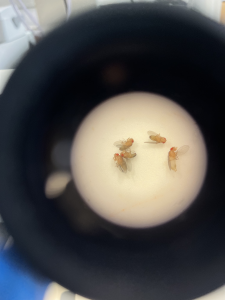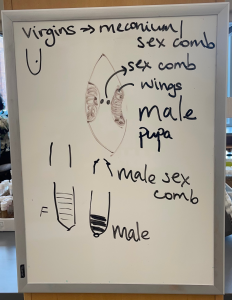I truly enjoyed all the different faculty that came to speak this summer, and I am grateful that they took the time to speak to us about their science and journey. All the different stories were fascinating and opened my eyes to how science and research are not a “one journey, one story” type of field. The faculty talk that stood out the most to me was the first one of the summer by Dr. Charmaine Royal.
It is funny because I had a friend who took her class and would talk very highly of it after every session. Now, I know exactly why she loved that class. In the hour and a half that she spoke, she opened my eyes to a lot of different topics in regard to race and genetics. She opened up her presentation by asking us about our definition of race. While I had an immediate answer to her question, I knew how complex “race” is when trying to define it in our day-to-day life. If you asked 5 different people about what race was, you are very likely to receive 5 different answers. Before reflecting on what she talked about, I think a lot of these differences in our ideas of race stem from early educational knowledge. One thing that stood out to me was the fact that there are very few genetic variations between different races and you can find more genetic variations within the same race. The lab I am currently working in does work on Neurogenetics, but I never about how to think of race within this field of genetics and genomics.
In high school, I did research on how to change the medical school curriculum to target implicit bias. In short, the conclusion was that the topic was multifaceted and required schools to work within the context of their student body and curriculum. Dr. Royal is doing many different forms of research in trying to help the public to understand race/ racism. I think there are a lot of different “buzz words” that circulate around, but most people do not understand the science and facts behind different concepts. She ended by giving us advice and stated “be conscious of my science and my impact on society.” This is something that stood out to me and something I hope to carry as I continue to research and enter the scientific field.



